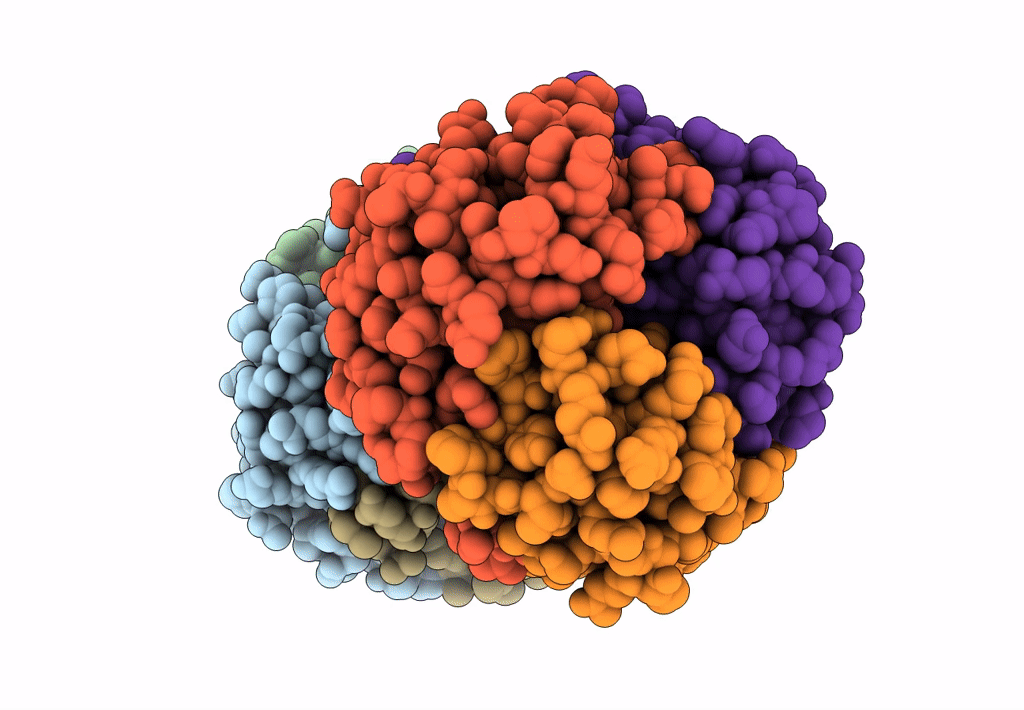
Deposition Date
2022-02-05
Release Date
2022-12-21
Last Version Date
2023-10-25
Entry Detail
PDB ID:
7TVK
Keywords:
Title:
Structural, Kinetic, and Mechanistic Analysis of the Wild-Type and Inactivated Malonate Semialdehyde Decarboxylase: A Structural Basis for the Decarboxylase and Hydratase Activities
Biological Source:
Source Organism:
Pseudomonas pavonaceae (Taxon ID: 47881)
Host Organism:
Method Details:
Experimental Method:
Resolution:
2.35 Å
R-Value Free:
0.27
R-Value Work:
0.21
R-Value Observed:
0.22
Space Group:
P 21 21 21


